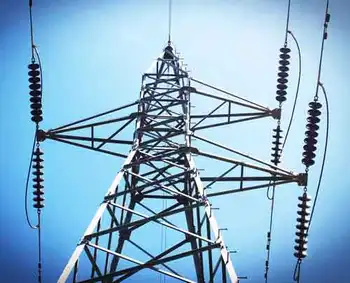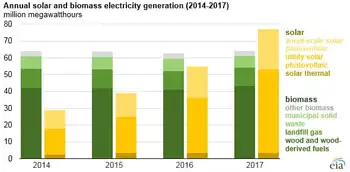Power play pits Quebec against Newfoundland
By Globe and Mail
CSA Z462 Arc Flash Training - Electrical Safety Essentials
Our customized live online or in‑person group training can be delivered to your staff at your location.

- Live Online
- 6 hours Instructor-led
- Group Training Available
The natural-resources fight pits Danny Williams's province against Quebec's plans to build the Romaine River hydroelectric project. Newfoundland has told Ottawa that Quebec's claims to the land are "invalid" and any such development by Hydro-Québec is "contemptuous of the Constitution of Canada."
Hydro-Québec is proposing to begin developing the 1,550-megawatt project as early as next summer, at a cost of $6.5-billion. It is waiting for the joint panel's environmental assessment report that will be submitted to the Quebec and federal environment ministers on February 27. Both governments will then have up to 60 days to release the report before making their recommendations regarding the project.
Simply by participating in the joint Quebec-Ottawa environmental assessment panel, the federal government appears to have given tacit approval to Quebec's claim.
At issue is a substantial portion of a 3,500-kilometre-long boundary of rugged territory dividing Quebec and Labrador. The boundary has never been successfully surveyed. The last attempt was abandoned in the 1980s after the two provinces concluded the issue was too politically sensitive to tackle.
"Politically this was a real hot potato and it still is," said Eric Jerret, who at the time was president of the Association of Land Surveyors of Newfoundland and Labrador. "But now pressure is coming to bear on the governments to settle this. It's the only border in Canada that hasn't been surveyed. It can't be left unresolved much longer."
At some point it will have to be decided where the mining rights, property rights and especially the headwaters of five major Quebec Lower North Shore rivers reside. That could impact future hydroelectric and other economic developments. More importantly, it could revive tensions between the two provinces at a time when closer co-operation will be needed to develop power and transportation links.
For instance, Newfoundland resident Burford Ploughman has been working on developing a permanent transportation link between the two provinces across the Strait of Belle Isle. He was a member of the 1979 federal Commission of Inquiry into Newfoundland Transportation and fears a confrontation between the two provinces could harm potential progress on key issues.
"The federal government's position isn't helping matters. Are they going to use the Quebec border instead of the Newfoundland and Labrador one? How can they do an (environmental) assessment? If they do, does it mean they are recognizing Quebec's border rather than ours? That's the central question and in two weeks' time they're going to make a decision," Mr. Ploughman said.
A 1927 ruling by the Privy Council, confirmed in the Terms of Union with Canada, concluded the headwaters of the Romaine and four other rivers are in Labrador. Quebec has always considered them as being part of its provincial territory.
"The headwaters and entire watersheds of the Romaine and the four other major Quebec North Shore rivers appear, incorrectly to be within Quebec," the Government of Newfoundland and Labrador stated in its November 27, 2008, brief to the joint review panel. "It is unacceptable that the federal government would accept a document as sufficient with such a glaring error of fact and law, especially one which is inconsistent with the Constitution of Canada."
The statement implies a constitutional battle may be in the making if Ottawa doesn't act soon to support Newfoundland and Labrador's claim to the land.
A spokesperson for Mr. Williams said the Premier refuses to say whether he will act to stop Premier Jean Charest from proceeding with the Romaine River hydroelectric project.
At the federal Ministry of the Environment, officials didn't appear to be aware of the potential confrontation. Ottawa says that any territorial dispute is a matter for the provinces to resolve.
"It will be up to the provinces to respond. The environmental assessment commission will make recommendations to help alleviate possible adverse effects of the project on the environment.... But it isn't in the commission's mandate to take a position on territorial issues such as this," federal Environment Ministry spokeswoman Lucille Jamault said.
Mr. Charest expressed confidence recently that the project will begin as planned, insisting it has become a centrepiece of his government's strategy to create jobs at a time of recession.











